Asian elephant is the largest terrestrial animal in Asia. Asian elephant has smaller body and smaller, more rounded ears than its African cousin.


Indian rhinoceros (great one-horned rhinoceros) is the second largest member (white rhino is the largest) of a rhino family.
Hippopotamuses (hippos) are third largest land mammals. These animals are famous for their bad temper.
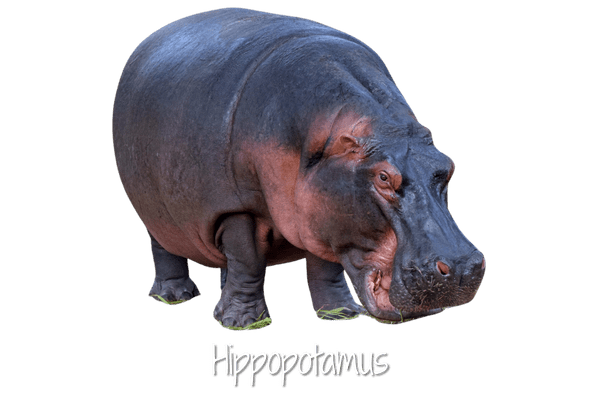
Hippos secrete an oily red substance, which gave rise to the myth that they sweat blood.
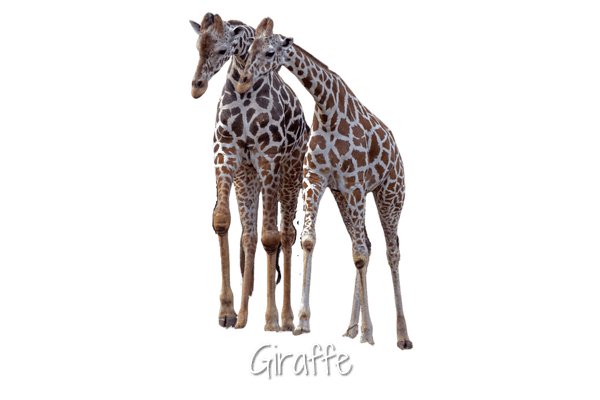
Giraffes are tallest mammals on Earth. Giraffes are one of the landmarks of Africa. They are divided in 9 subspecies according to the area of Africa where they could be found and by the coloration of their bodies.
Gaur is the largest member of the bovine family. There are three subspecies of gaur that can be found in Nepal and India (Indian bison).


Zebra can be easily recognized by its specific black and white appearance. There are three species of zebra: Grevy’s, Mountain and Plain zebra. First two species are endangered.
The Sloth bear is a myrmecophagous bear species native to the Indian subcontinent. They primarily eat termites and ants and have also been called “labiated bears” because of their long lower lip and palate used for sucking insects.
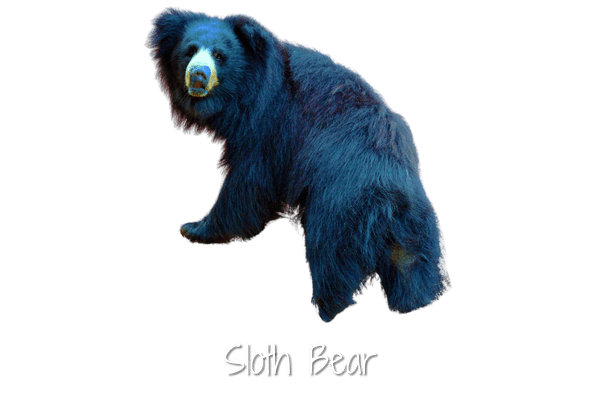

The snout of this mammal is elongated and elastic. Wild boar used its snout when digging out roots and bulbs.
Wild boar is a close relative of domestic pig. There are four subspecies of wild boar that are similar in size and appearance, but differ in color (which depends on the type of habitat).
It is largest Indian antelope. Only males have horns. They are crop raiders but are tolerated because Hindus treat it is as holy cow because of its name (Blue bull).
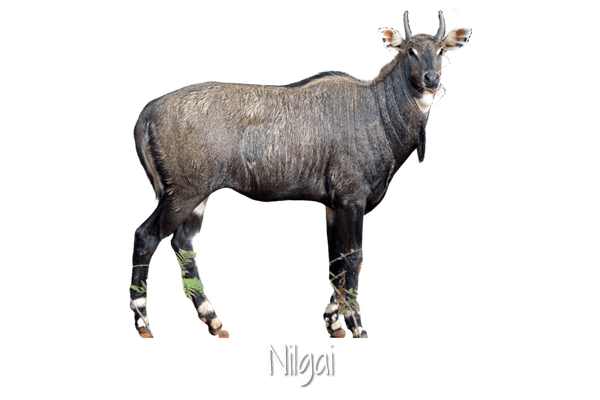
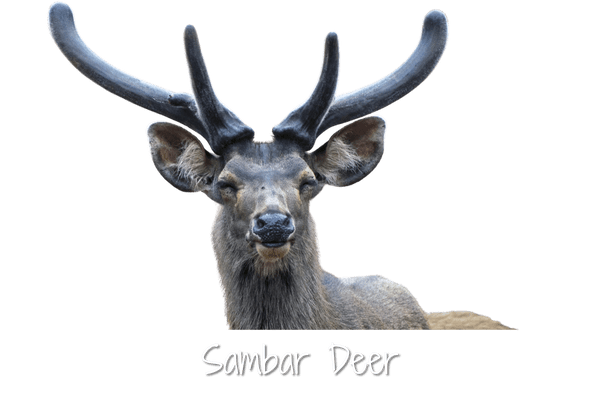
Sambar deer have many subspecies which vary in size and appearance, but it is known as the largest oriental deer with some adult males reaching 500 kg in weight.
The spotted deer is a beautiful mammal with spotted body and short tail. Both males and females have markings on their bodies; the markings are white, running in rows along the length of their bodies.


This is native to Indian subcontinent and also have been introduced in the USA and Argentina where they are thriving very well. It is the state animal of Andhra Pradesh.
Hog deer is solitary animals and not found in large herds. They have a habit of rushing through grass with their head down like pig, rather than bouncing or leaping over obstacles like other deer species.
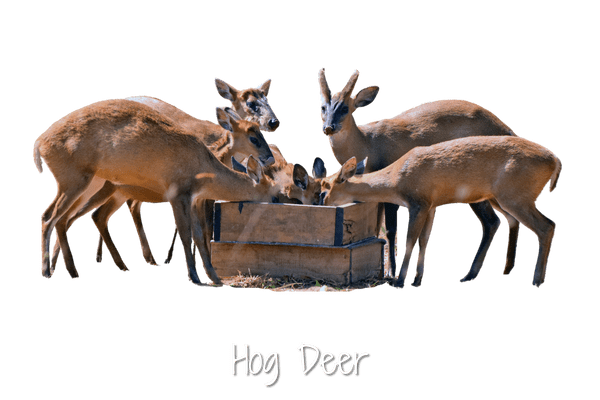
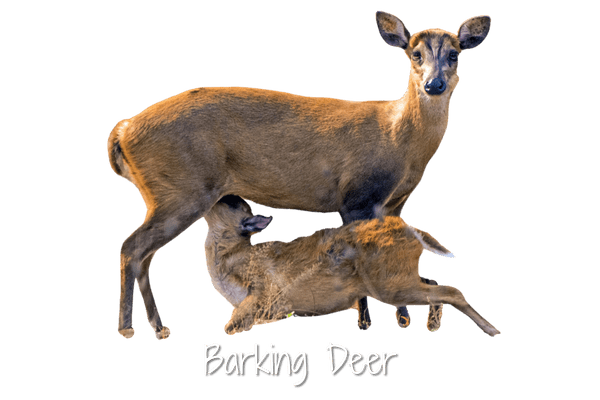
The Indian muntjac also called the southern red muntjac and barking deer, is a deer species native to South and Southeast Asia.